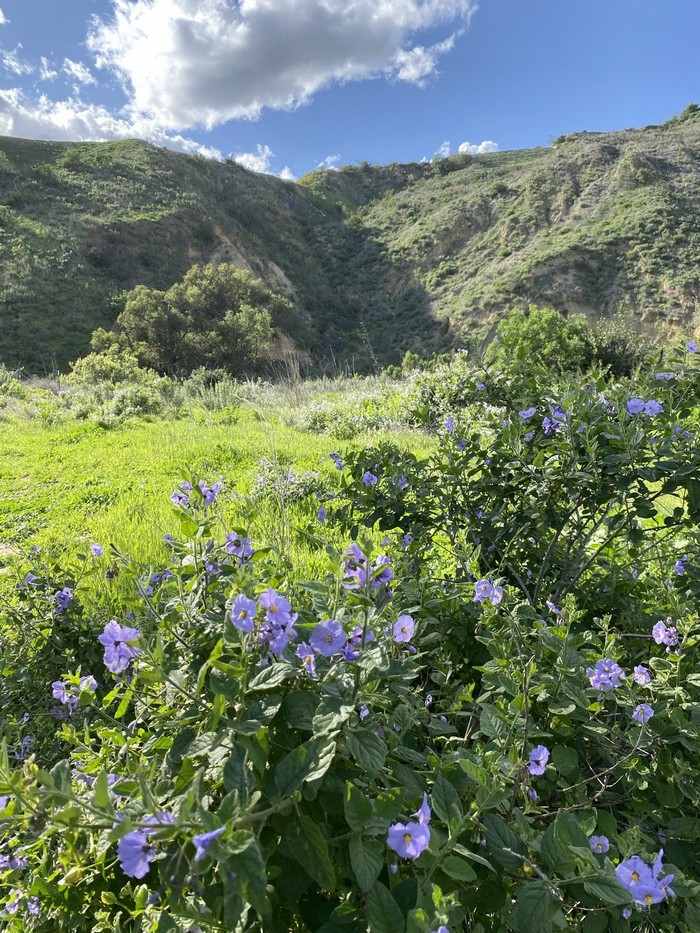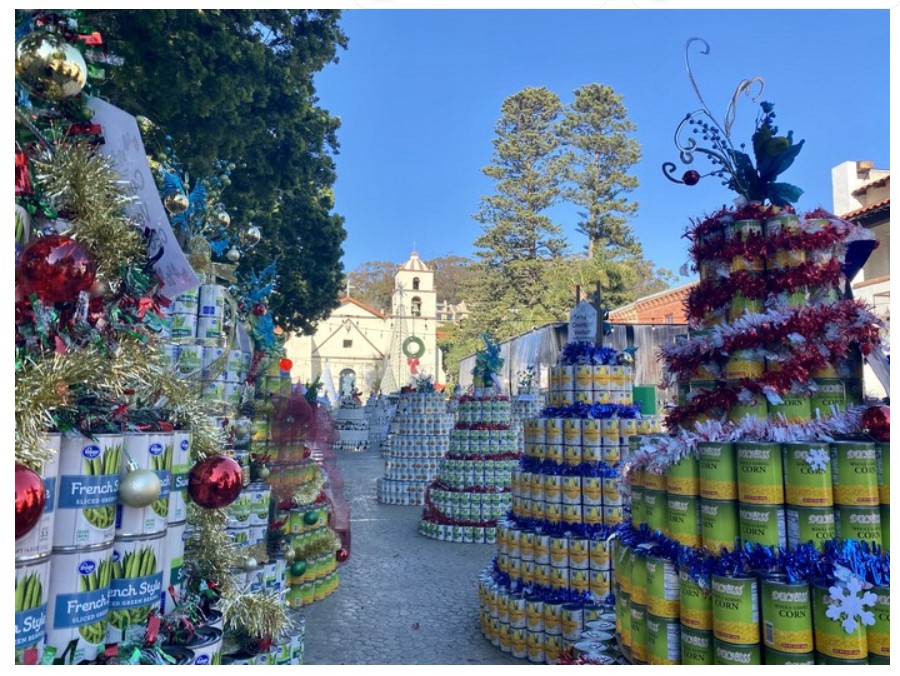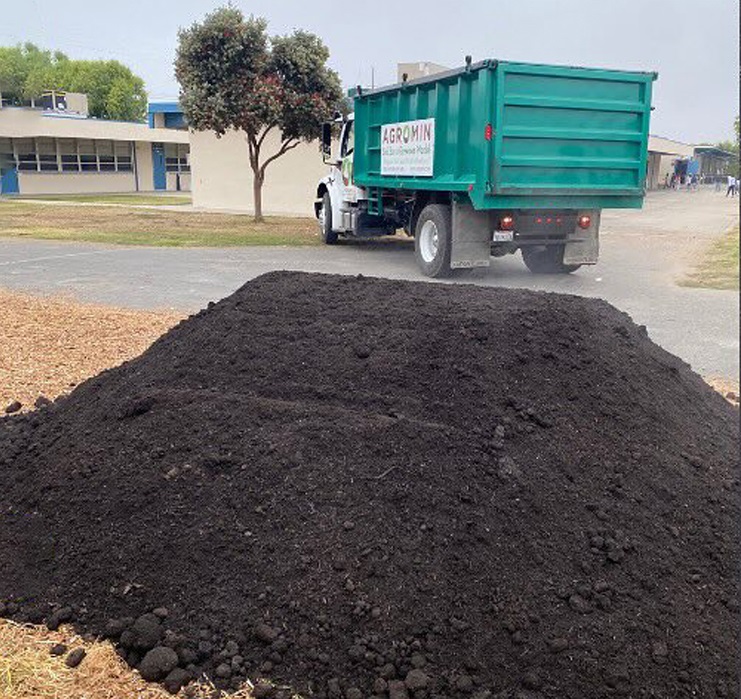Compost delivery at Tierra Vista Elementary School.
Agromin, California’s largest organics waste recycler and manufacturer of earth-friendly soil products, has launched its “Healthy Soil Heroes,” ambassador program by partnering with five founding members. The founding members represent a diverse range of agricultural and community-focused businesses, including a native plant nursery, flower farm, community garden, agricultural education ambassadors and an edible garden design company.
“We created Healthy Soil Heroes as a way to recognize businesses and nonprofits that are promoting sustainable gardening, farming and landscaping practices,” says Bill Camarillo, Agromin’s CEO. “They are creating healthy food, beautifying landscapes and improving our planet.”
The Founding Five
Meiners Oaks Community Garden is a new 7,500-square-foot community garden located a few miles from downtown Ojai. Its grand opening is October 20. The garden is made of 38 3’x6’ raised garden beds. Community members can rent space to create their own gardens and participate in gardening-based workshops and events. Rental fees include soil, tools and water. To sign up, attend the October 20 grand opening or go to www.meinersoakscommunitygarden.com for more information.
MiniNature Reserve, a nonprofit organization based in Oxnard, began in 2021 by Diego Magaña who was inspired by the beauty of natural parks. He started a native plant nursery in his backyard, and with a team of volunteers, he planted the first of several “MiniNature Reserves” in Ventura County. These reserves are pockets of nature within an urban setting aimed at creating green spaces while providing habitats for native plants, pollinators and animals. MiniNature Reserve’s plant nursery is now at 1,500 square-foot location in Oxnard and is open to the public.
Grow With Mo, based in Ojai, is a garden design, consulting and education company specializing in edible gardens, permaculture and regenerative design. Founder Morgan (Mo) Visalli helps her clients grow vegetable gardens, healthy fruit trees, and create more ecologically friendly landscapes by using organic growing practices.
Ventura County Farm-2-School works with 12 school districts throughout Ventura County supporting over 50 school gardens. More than 30,000 students participate each year in Farm-2-School programs where students learn about nutrition, agriculture, the environment and healthy cooking. Farm-2-School also provides technical assistance and training to teachers so they can incorporate school gardens into their teaching curriculum. Its Ventura County School Food Hub, with partner Farm Cart Organics, delivers fruits and vegetables from local farms to schools so the produce can be included in daily student meals.
Killdeer Farms in West Sacramento is a small, family-owned farm that grows mostly flowers and lavender. Owners Christine and Scott Killdeer sell their flowers once a month from their five-acre farm during their harvest season. Flowers are also available through subscriptions and in bulk. They offer workshops where community members receive hands-on planting instructions and get to take home bouquets of fresh-cut flowers.
As a benefit of being a member of Healthy Soil Heroes, members receive a free supply of Agromin compost, mulch and other soil amendments plus a 15 percent off coupon code that members can share with customers and colleagues. Members, in turn, highlight their success stories using Agromin materials through their social media channels.
Healthy Soil Heroes membership applications are closed for 2024 but will open in 2025 for agricultural-related businesses and organizations. For more information, go to https://agromin.com/community or contact Cody Cain (805-850-8797, [email protected]).
 In observance of the Thanksgiving holiday, employees of E.J. Harrison & Sons are taking the day off on Thursday, Nov. 28. As a result, customers who normally have their trash, recyclables and yard/organic waste collected on Thursday or Friday will have it collected one day later than usual during the week of Nov. 24-30.
In observance of the Thanksgiving holiday, employees of E.J. Harrison & Sons are taking the day off on Thursday, Nov. 28. As a result, customers who normally have their trash, recyclables and yard/organic waste collected on Thursday or Friday will have it collected one day later than usual during the week of Nov. 24-30.







